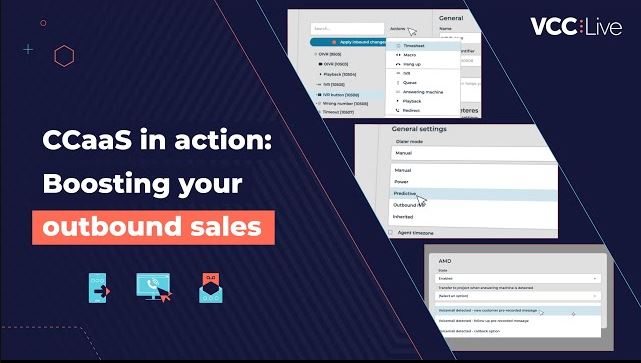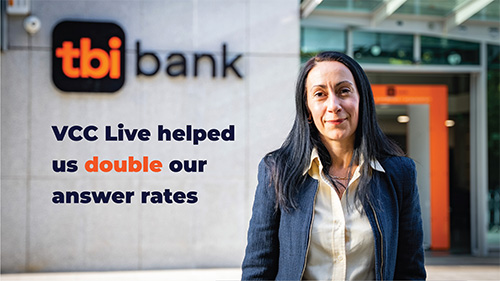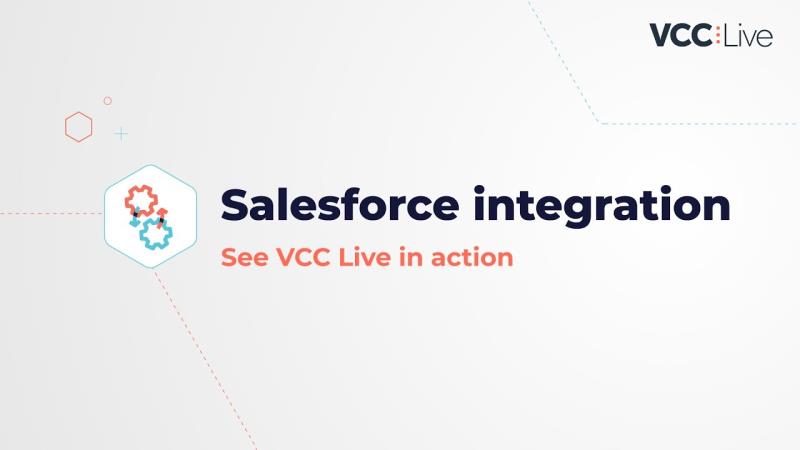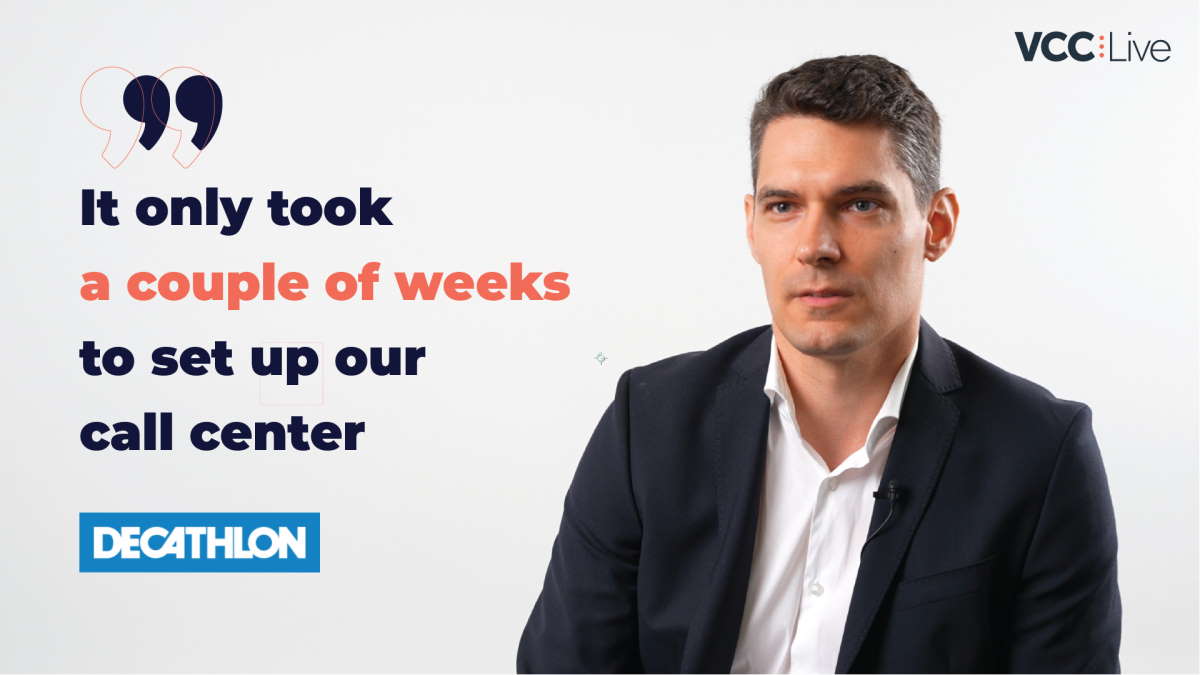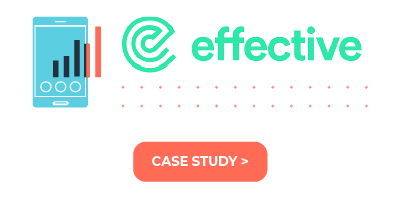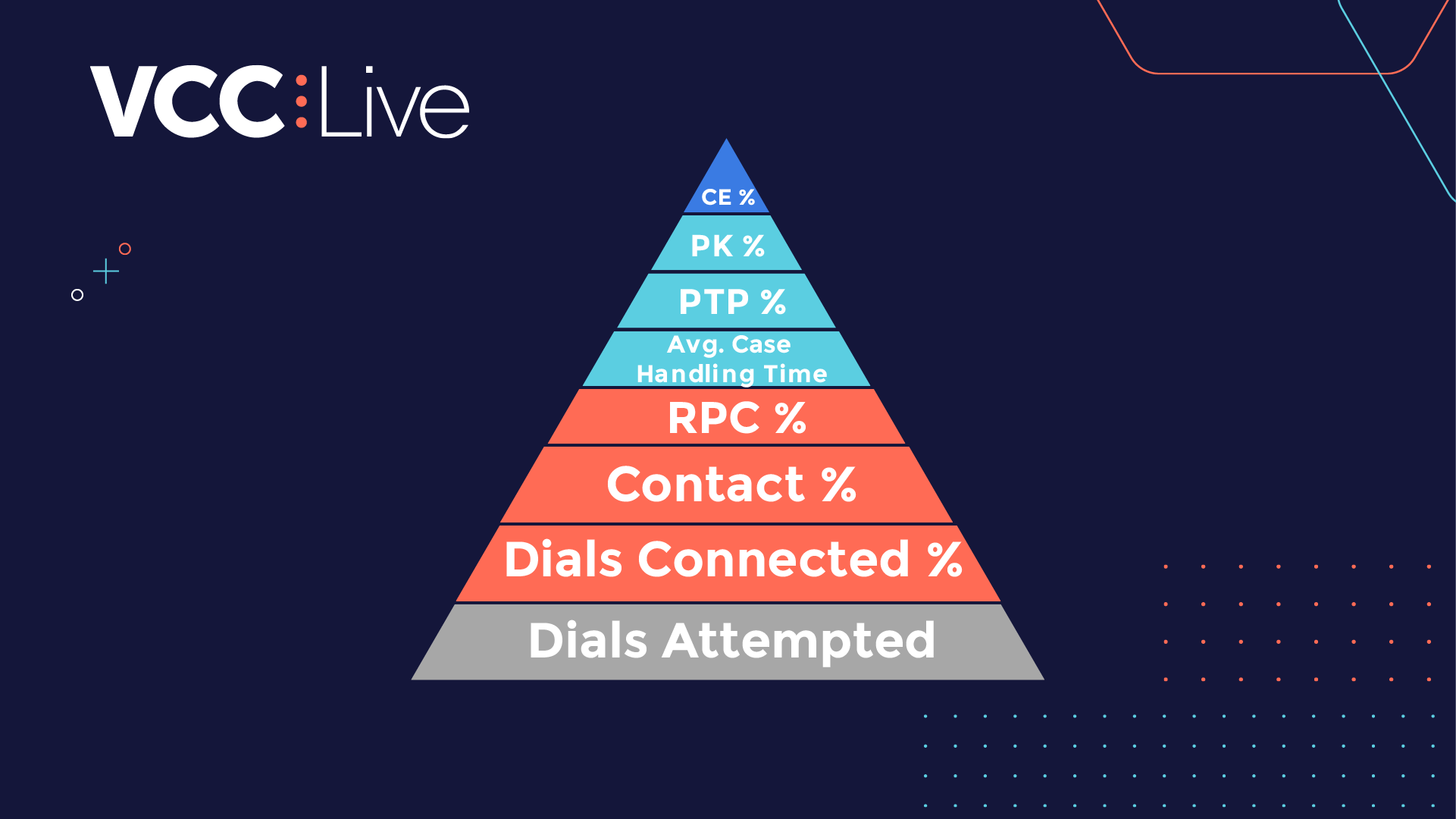People tend to say cold calling is dead, but in reality, there’s still a lot of potential in cold sales calls. But only if you do it right.
When it comes to cold calls, getting it right means thoroughly planning your conversations in advance.
Using my 15 years’ experience in sales, I’ll bring you an article every month to show you how to plan and execute cold sales calls effectively, so that you can make more sales and close more deals. Don’t miss out on the first article of our cold sales call strategies article series!
Build trust and gain sympathy
Imagine the situation: you’re at home and hear your cell phone ringing. You check your phone and don’t recognize the number. You think maybe it’s the feedback you’re waiting for from that job interview last week, so you pick it up excitedly – only to find out it’s a cold call from a company. As soon as the operator starts speaking, you already know they will want to sell you something, and you immediately begin to feel negatively about the call. That’s why building mutual sympathy and trust is the first and very (if not the most) important step in any cold call.
Pro tip: when making a cold call, the first sentence decides everything. Don’t start by asking “is it a good time to talk”, since it’s not only vague but also indicates the call might be long and therefore reinforces the receiver’s negative feelings towards the company you represent. Instead, try and introduce yourself quickly, ask them if they have 2-3 minutes for the call, and promise them you’ll be very quick. By doing this, your customers will know from the very beginning of the conversation that the call will not take long and you’re not going to take their valuable time for too long.
Assess needs and make an offer
The goal of customer needs assessment during a cold sales call is to understand what your customers want and how your product or services can meet their expectations. Assessing customer needs is a vital part of the sales process. Put simply, if you don’t know what your customers want, then it will be difficult (if not impossible) to meet their expectations.
Pro tip: In certain occasions, customers don’t have any specific needs. In such cases, it is the sales rep’s task to generate needs for them. Let’s look at an example: “I understand that you like your smart TV, however, I’m sure you would enjoy watching your favorite movies even more on a device with higher resolution (of course, it only works if you manage to gain information about their favorite movies before.)”.
Once you manage to build trust with a customer, it’s time to thoroughly assess their needs. The best way to do this is by preparing a series of questions and selecting the most relevant ones, based on the current conversation. After having got an overall picture of the customer’s needs, make sure to summarize what you’ve heard, and the make an appropriate offer.
Pro tip: when you summarize what you’ve heard make sure to apply the ‘three yeses’ rule, meaning if you ask three questions and the customer’s answer is yes to all three questions, then it’s 90% that they will say yes to your next question as well.
Handle customer objections
No matter how good a product or service is, every customer will have objections which will make them hesitate before buying them. And in order to make more sales and close more deals, sales reps will have to learn how to successfully overcome these objections.
Objection handling means responding to the customers’ concerns in a way that changes their opinion and encourages them to proceed with the purchase. The best way to handle objections is through active listening, asking follow up questions and responding to customers’ comments in a thoughtful way. When it comes to responding, reacting too impulsively, arguing with a customer, or pushing them too hard to proceed with a purchase will only make things worse, as customers will easily lose the trust you’ve built with them so far.
Also, don’t forget about the golden rule of commerce: the customer is always right. So, even if you don’t agree with what they are saying, try and respond in a way that makes them feel they are right.
Pro tip: when customers are not sure about a purchase, they usually refer to the easiest and most common type of objection, which is objection based on price. In such cases, however, they might actually have every intention of making the purchase, therefore, it’s worth asking a few additional questions to discover what the customer’s real objections are and start handling them.
Cold sales calls can be frustrating both for your reps and customers. But if you follow the steps mentioned above, you’ll be able to build trust, gain customers’ attention and as a result close more deals.
